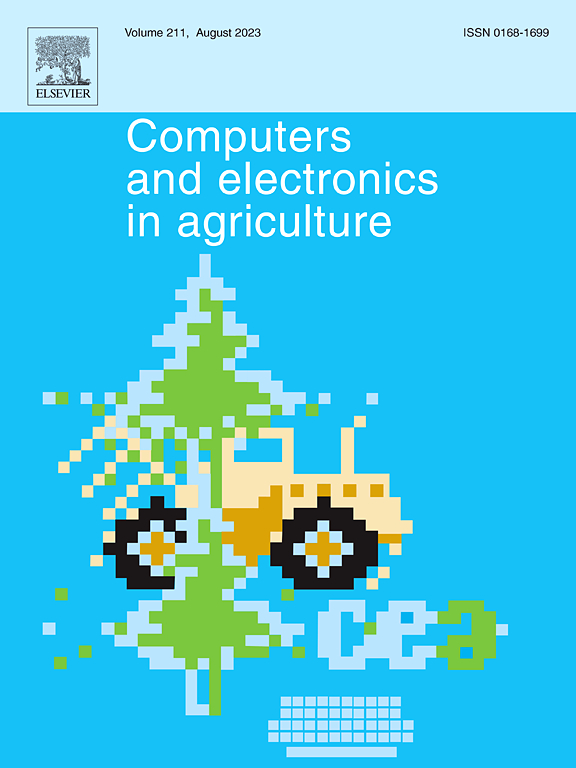The NBCalCer model for calculating global benefits and costs of nitrogen fertilizer use for cereal cultivation: Model description, uncertainty analysis and validation
IF 7.7
1区 农林科学
Q1 AGRICULTURE, MULTIDISCIPLINARY
引用次数: 0
Abstract
The challenge of achieving food security in a world with a growing population, given decreasing area of good arable land, and climate change impacts, necessitates structural system changes which includes a more efficient and less polluting agricultural practices. Cereals represent the major staple crop to feed the global population, and its production heavily relies on synthetic nitrogen (N) fertilizers. However, increasing fertilizer inputs for higher yields is not sustainable without proper management of soil, crop, inputs, water and nutrients. The NBCalCer tool was developed to evaluate options for a more sustainable cereal cultivation. NBCalCer quantifies long-term yield responses to N inputs and its implications for N budgets, N losses and environmental impacts for global countries. Crop benefits and environmental damages are monetized to assess benefit-cost consequences for the farming sector and society, to determine optimal N inputs for both sufficient grain supply and acceptable N pollution levels.

求助全文
约1分钟内获得全文
求助全文
来源期刊

Computers and Electronics in Agriculture
工程技术-计算机:跨学科应用
CiteScore
15.30
自引率
14.50%
发文量
800
审稿时长
62 days
期刊介绍:
Computers and Electronics in Agriculture provides international coverage of advancements in computer hardware, software, electronic instrumentation, and control systems applied to agricultural challenges. Encompassing agronomy, horticulture, forestry, aquaculture, and animal farming, the journal publishes original papers, reviews, and applications notes. It explores the use of computers and electronics in plant or animal agricultural production, covering topics like agricultural soils, water, pests, controlled environments, and waste. The scope extends to on-farm post-harvest operations and relevant technologies, including artificial intelligence, sensors, machine vision, robotics, networking, and simulation modeling. Its companion journal, Smart Agricultural Technology, continues the focus on smart applications in production agriculture.
 求助内容:
求助内容: 应助结果提醒方式:
应助结果提醒方式:


